Tourists dive into underwater archaeological Roman party town
Mosaic floors from the ruined villas, where holidaying Romans once drank, plotted and flirted in the party town of Baiae (100 BC), now an Underwater Archaeological Park near Naples, Italy.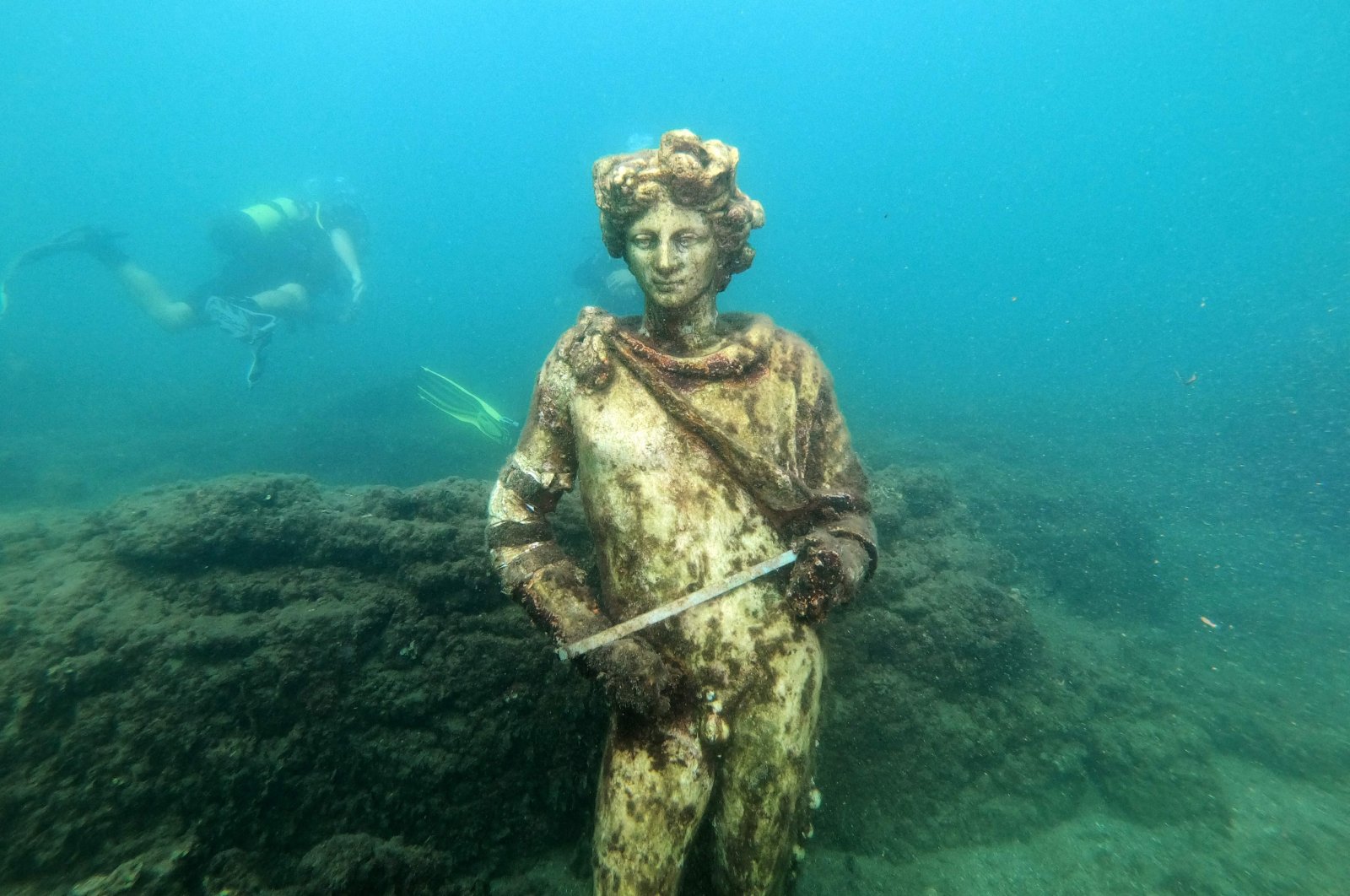 A dive guide shows tourists a copy of the original statue preserved at the Museum of Baiae in the submerged ancient Roman city of Baiae, Pozzuoli near Naples, Italy, Aug. 18, 2021. (AFP Photo) RECOMMENDED
A dive guide shows tourists a copy of the original statue preserved at the Museum of Baiae in the submerged ancient Roman city of Baiae, Pozzuoli near Naples, Italy, Aug. 18, 2021. (AFP Photo) RECOMMENDED
Submerged near Naples, awaits an underwater archaeological treasure trove where once upon a time Romans drank, plotted and flirted when holidaying, in a party town called Baiae, and where now fish dart across mosaic floors and into the ruined villas.
Statues which once decorated luxury abodes in this beachside resort are now playgrounds for crabs off the coast of Italy, where divers can explore ruins of palaces and domed bathhouses built for emperors.
Rome’s nobility were first attracted in the second century B.C. to the hot springs at Baiae, which sits on the coast within the Campi Flegrei – a supervolcano known in English as the Phlegraean Fields.
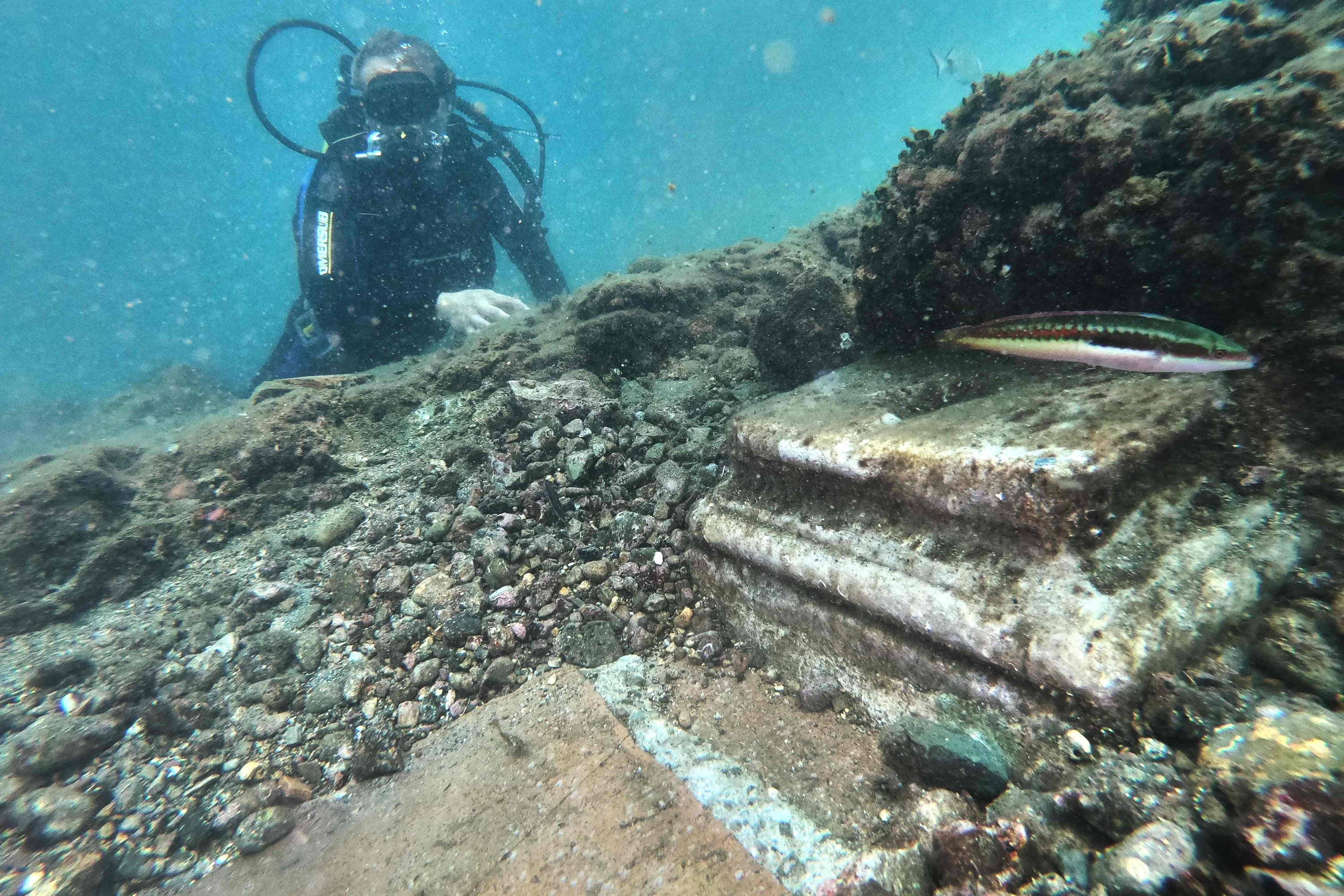
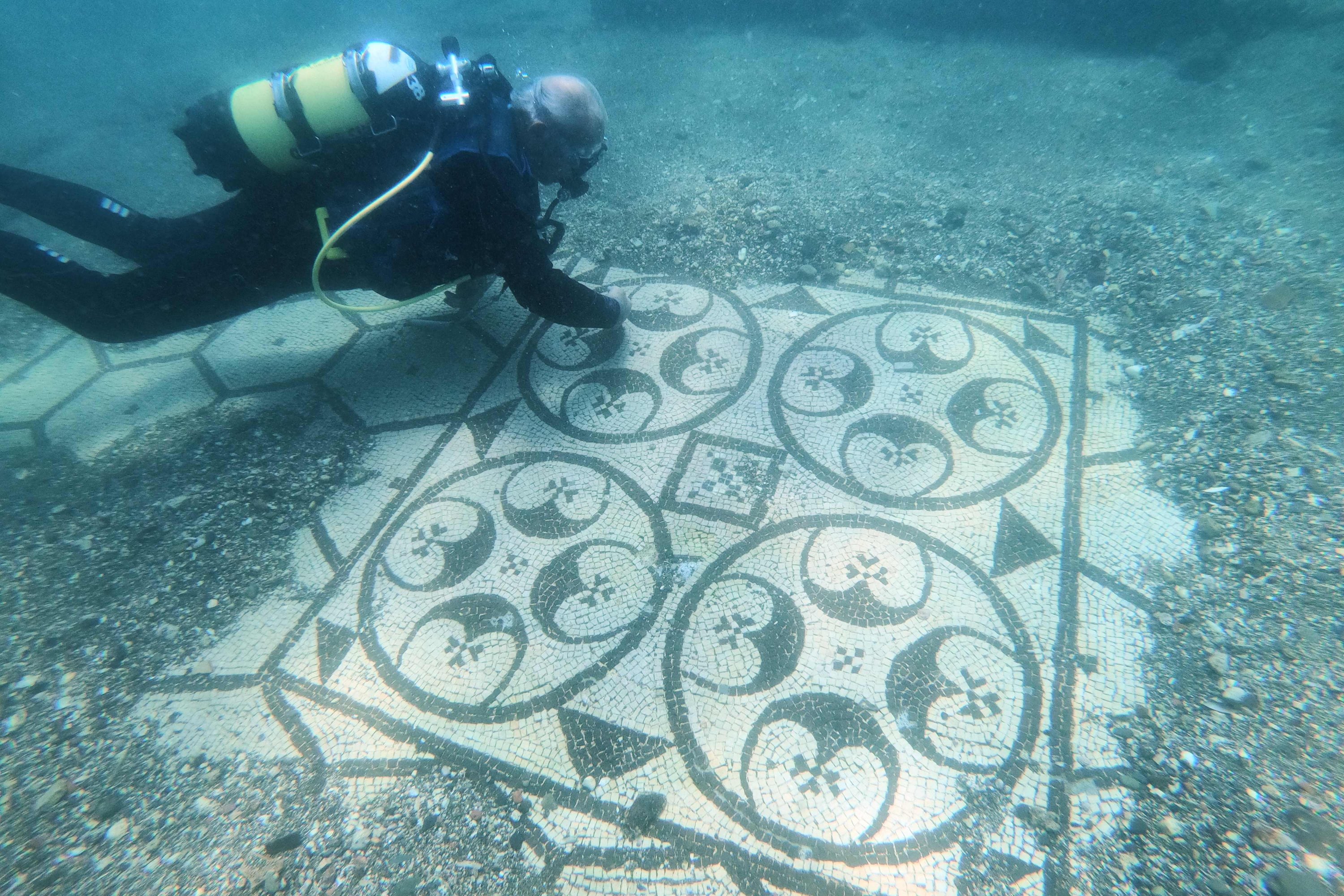
Seven emperors, including Augustus and Nero, had villas here, as did Julius Caesar and Mark Anthony. The poet Sextus Propertius described the town as a place of vice, which was “foe to virtuous creatures.”
It was where “old men behave like young boys, and lots of young boys act like young girls,” according to the Roman scholar Varro.
But by the fourth century, the porticos, marble columns, shrines and ornamental fish ponds had begun to sink due to bradyseism, the gradual rise and fall of land due to hydrothermal and seismic activity.
The whole area, including the neighboring commercial capital of Pozzuoli and military seat at Miseno, was submerged. Their ruins now lie between 4 and 6 meters (15 to 20 feet) underwater.
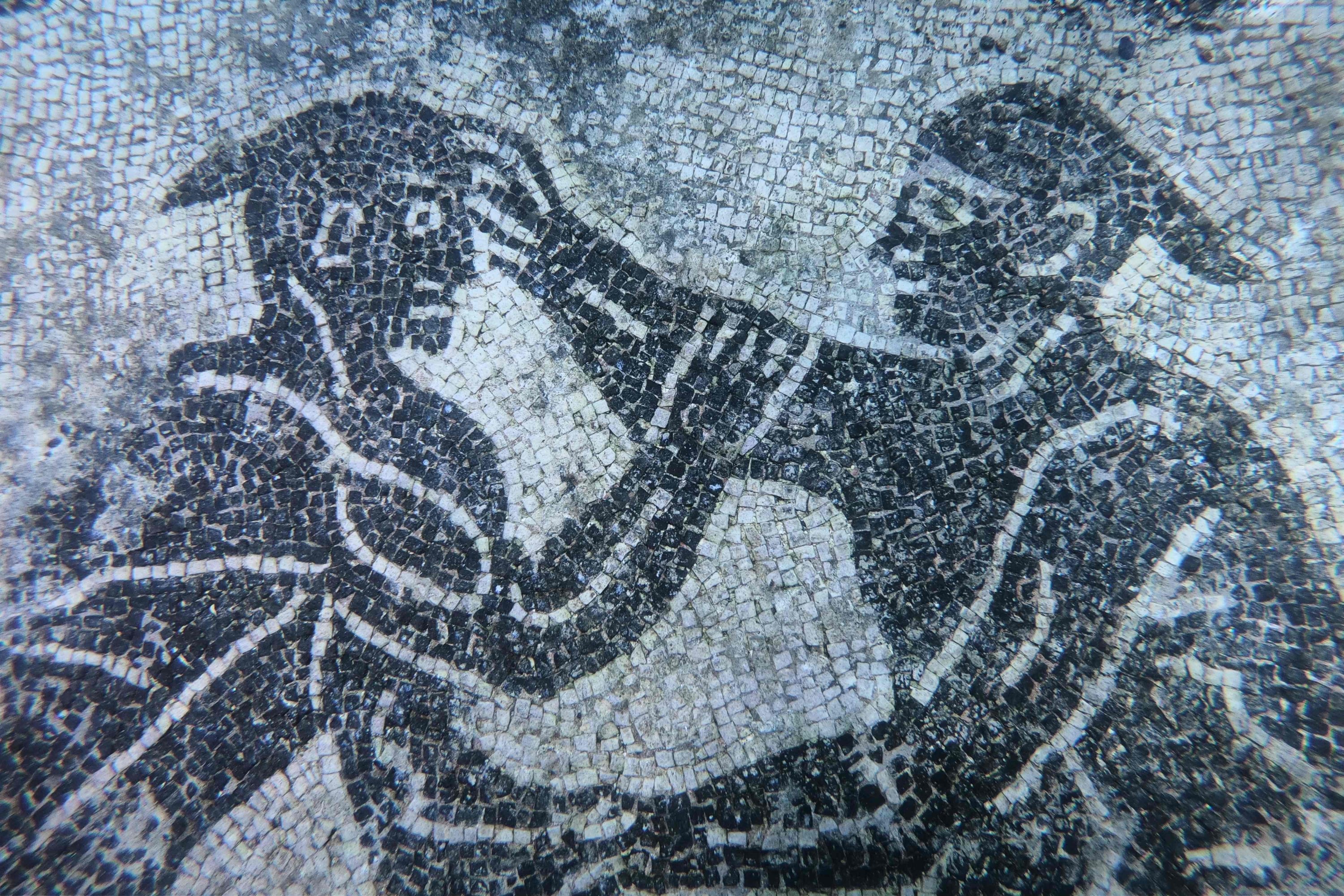

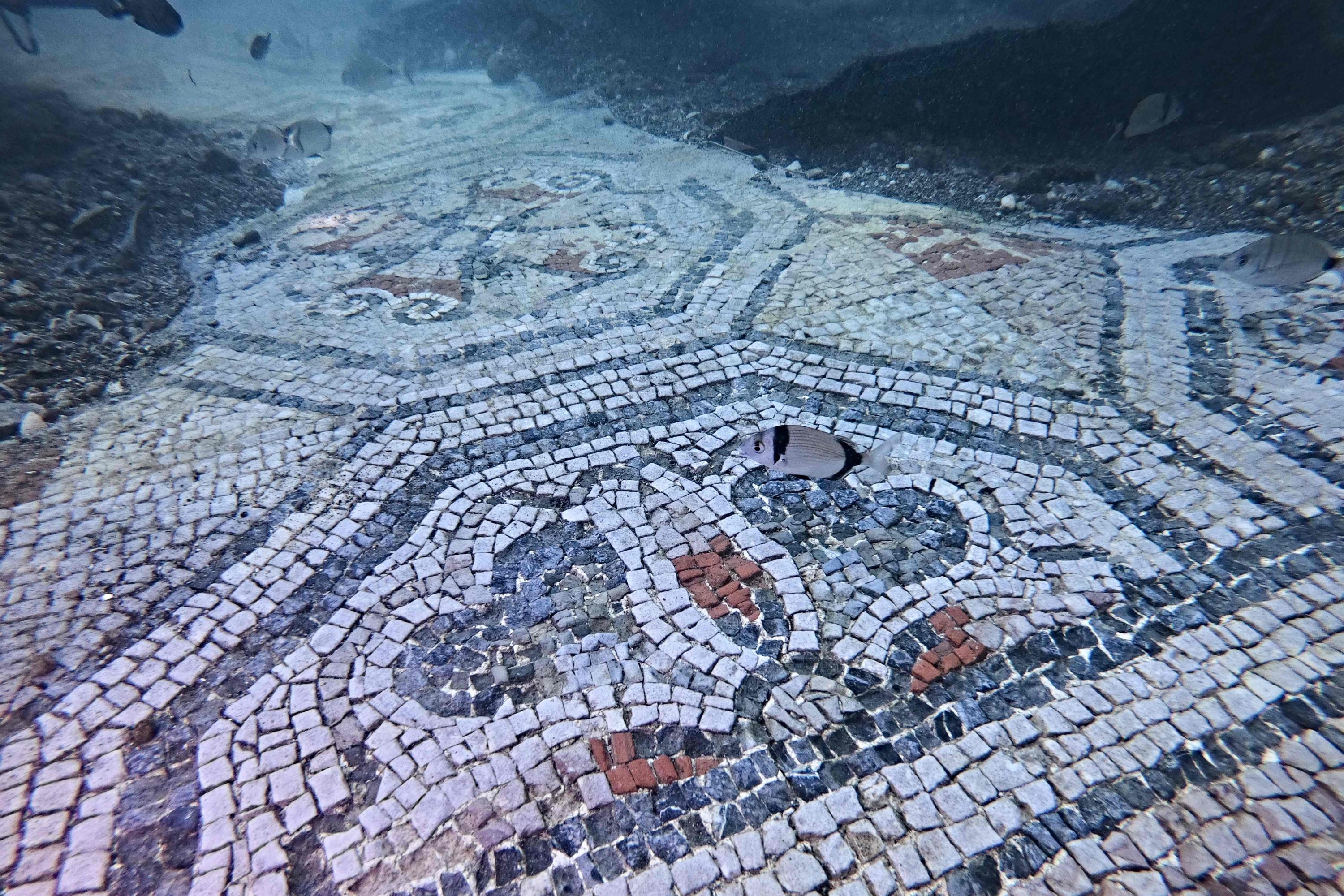
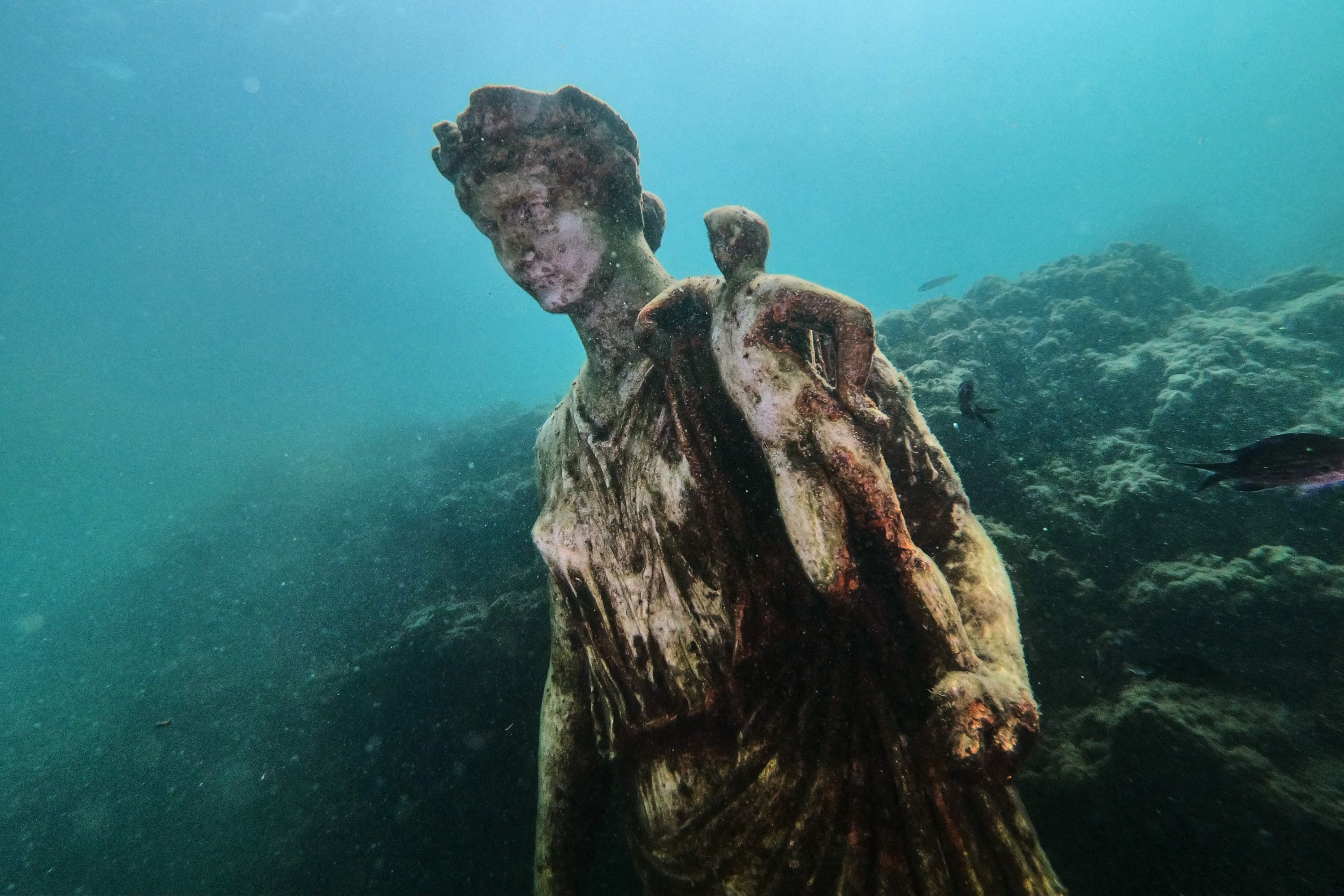
‘Something unique’
“It’s difficult, especially for those coming for the first time, to imagine that you can find things you would never be able to see anywhere else in the world in just a few metres of water,” said Marcello Bertolaso, head of the Campi Flegrei diving center, which takes tourists around the site.
“Divers love to see very special things, but what you can see in the park of Baiae is something unique.”
The 177-hectare (437-acre) underwater site has been a protected marine area since 2002, following decades in which antiques were found in fishermen’s nets and looters had free rein.
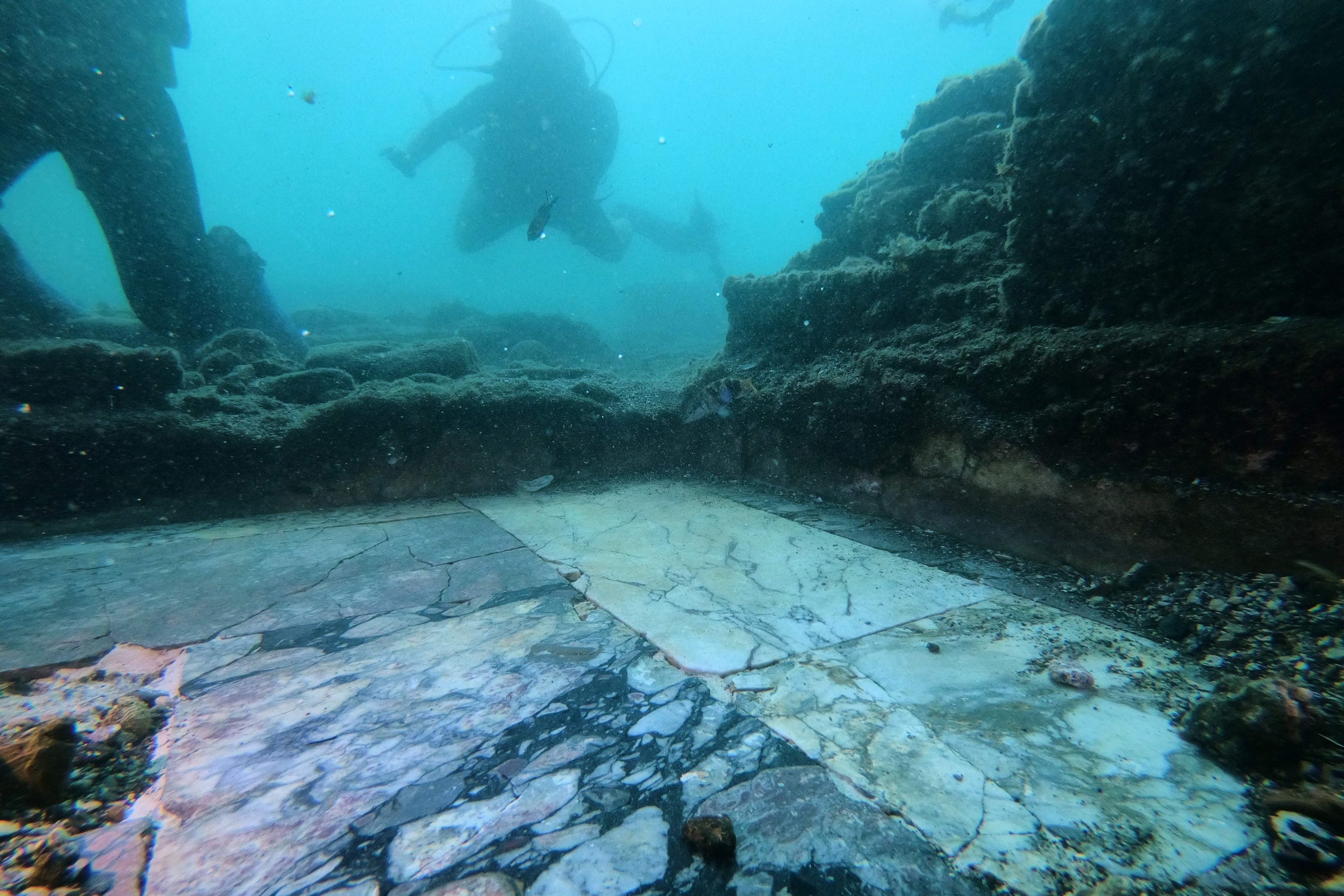
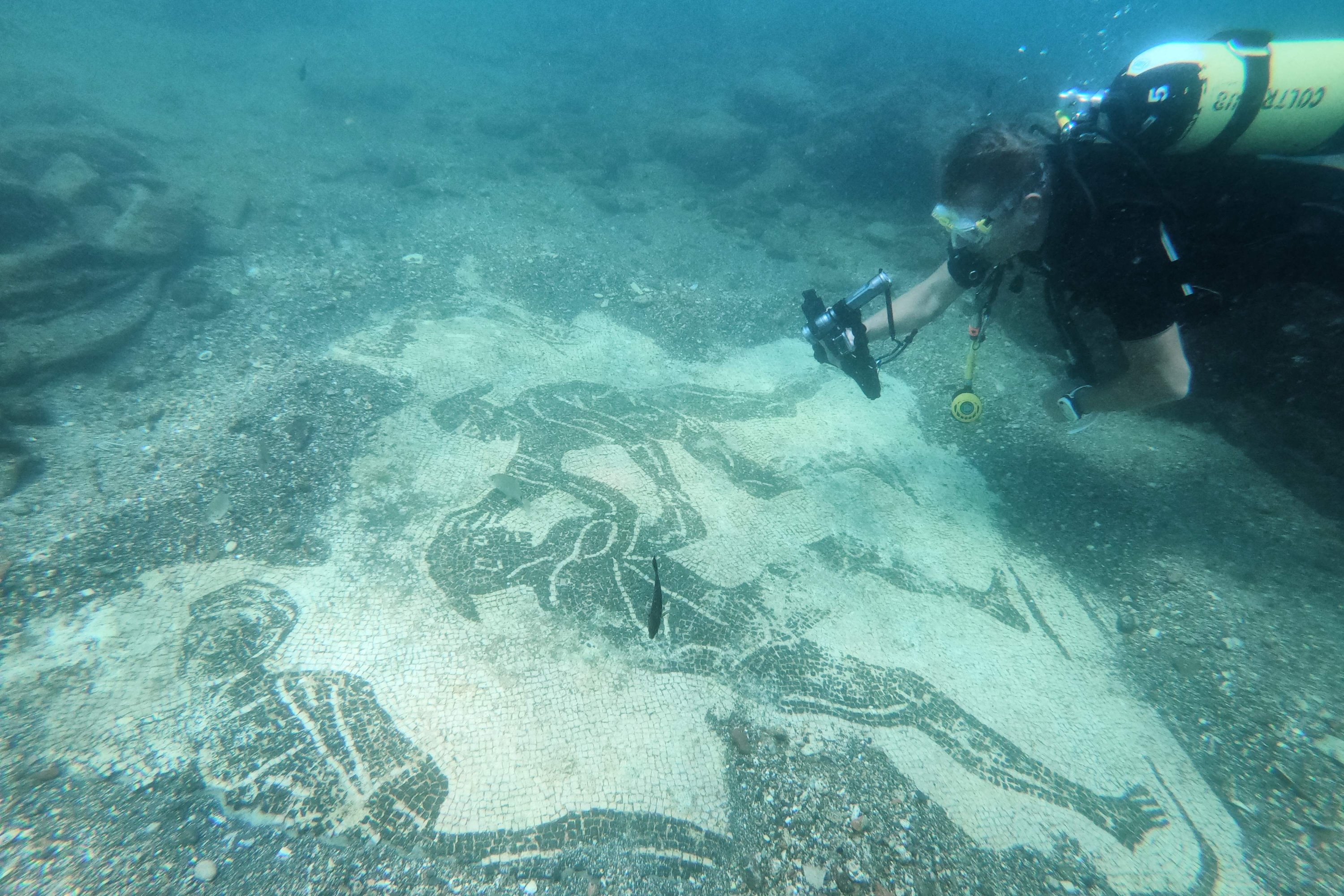
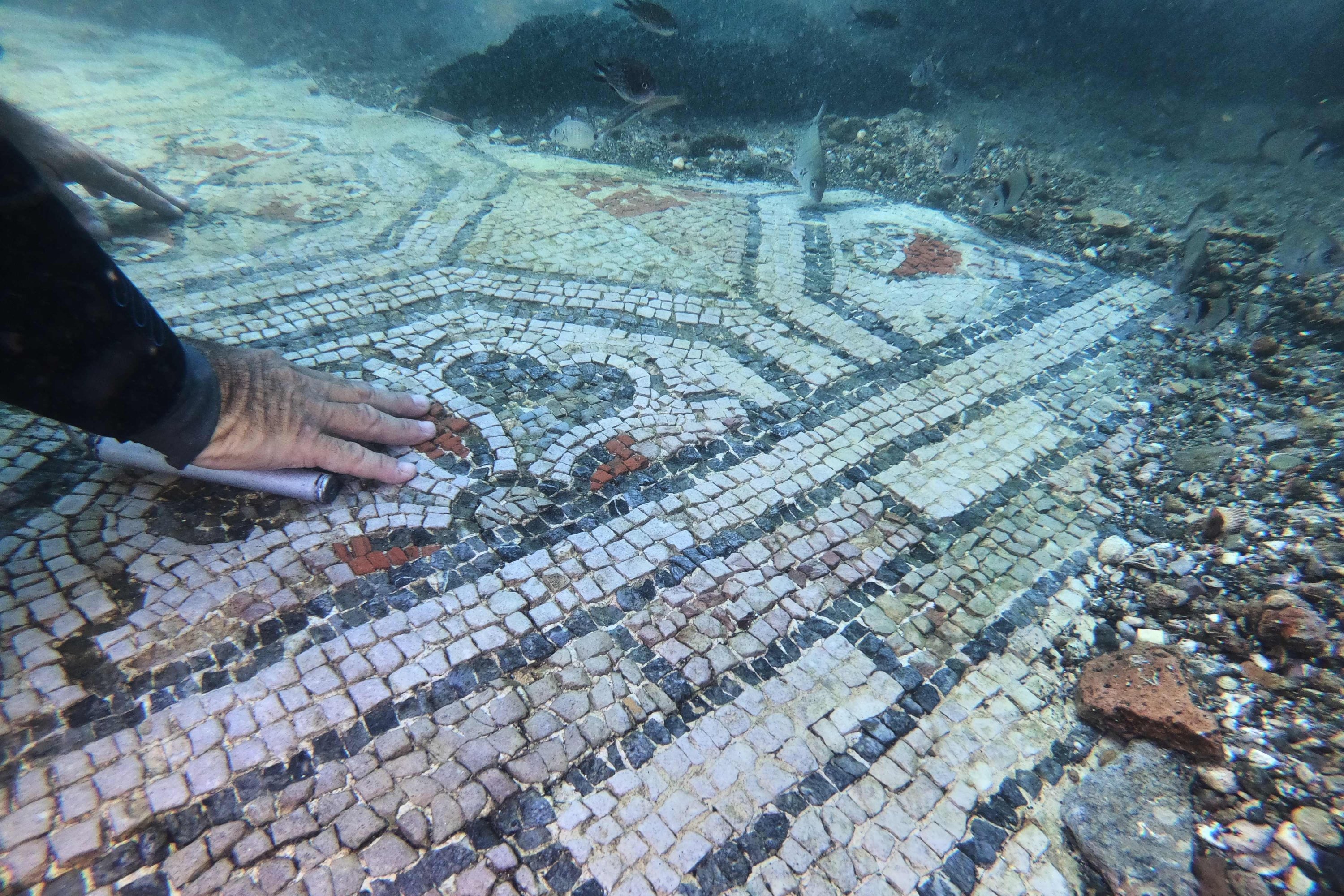
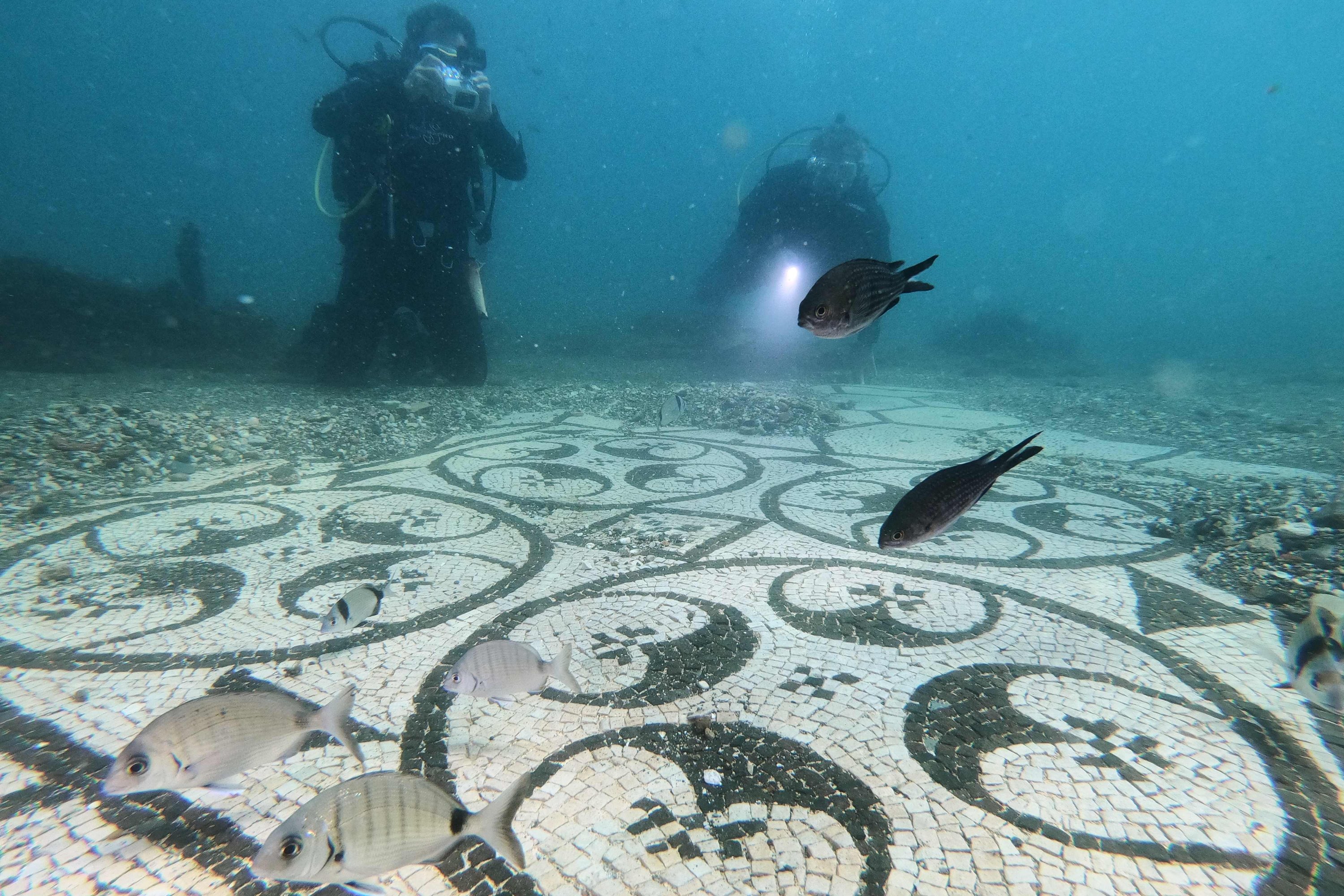
Divers must be accompanied by a registered guide.
A careful sweep of sand near a low wall uncovers a stunning mosaic floor from a villa that belonged to Gaius Calpurnius Pisoni, known to have spent his days here conspiring against Emperor Nero.
Explorers follow the ancient stones of the coastal road past ruins of spas and shops, the sunlight on a clear day piercing the waves to light up statues. These are replicas; the originals are now in a museum.
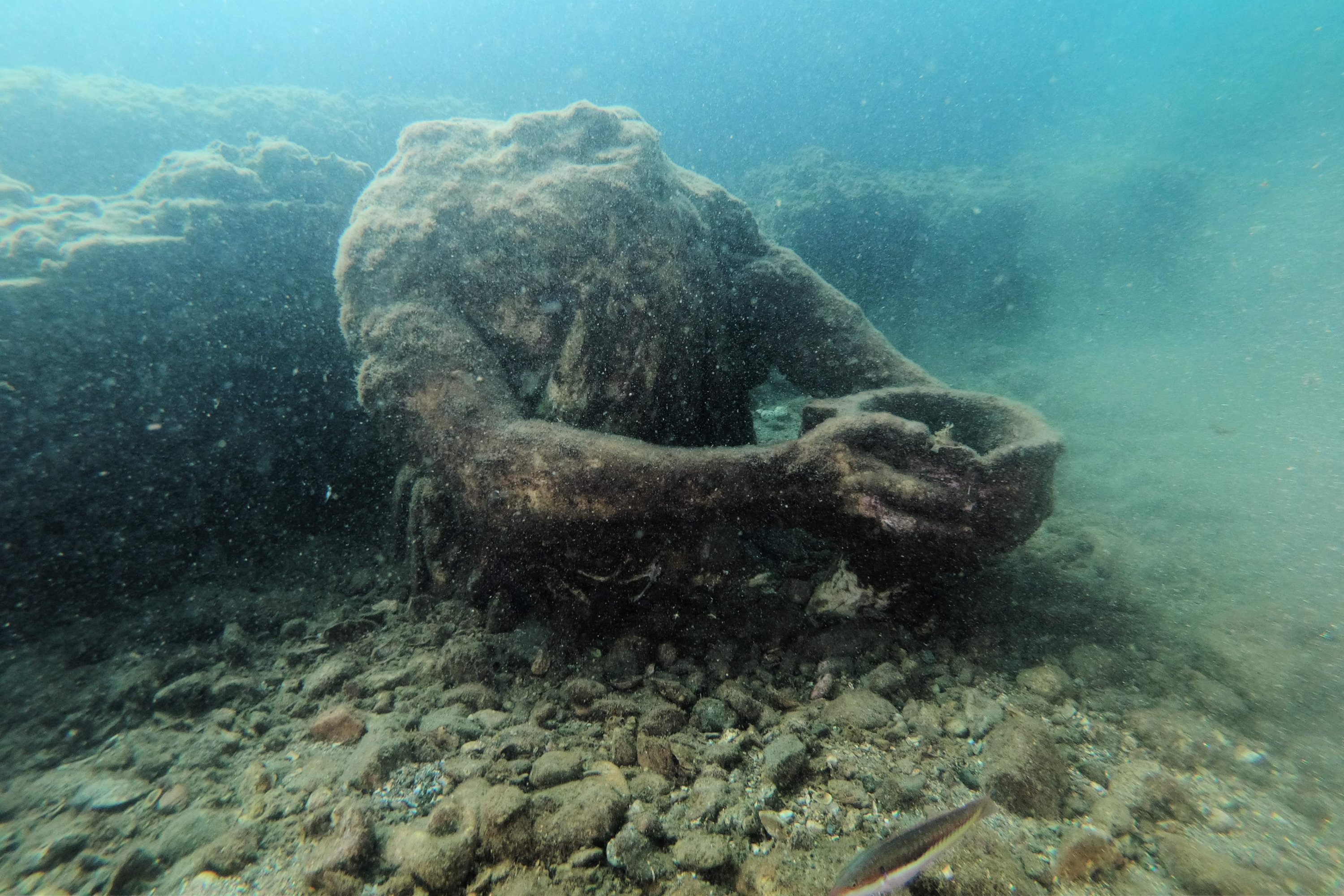
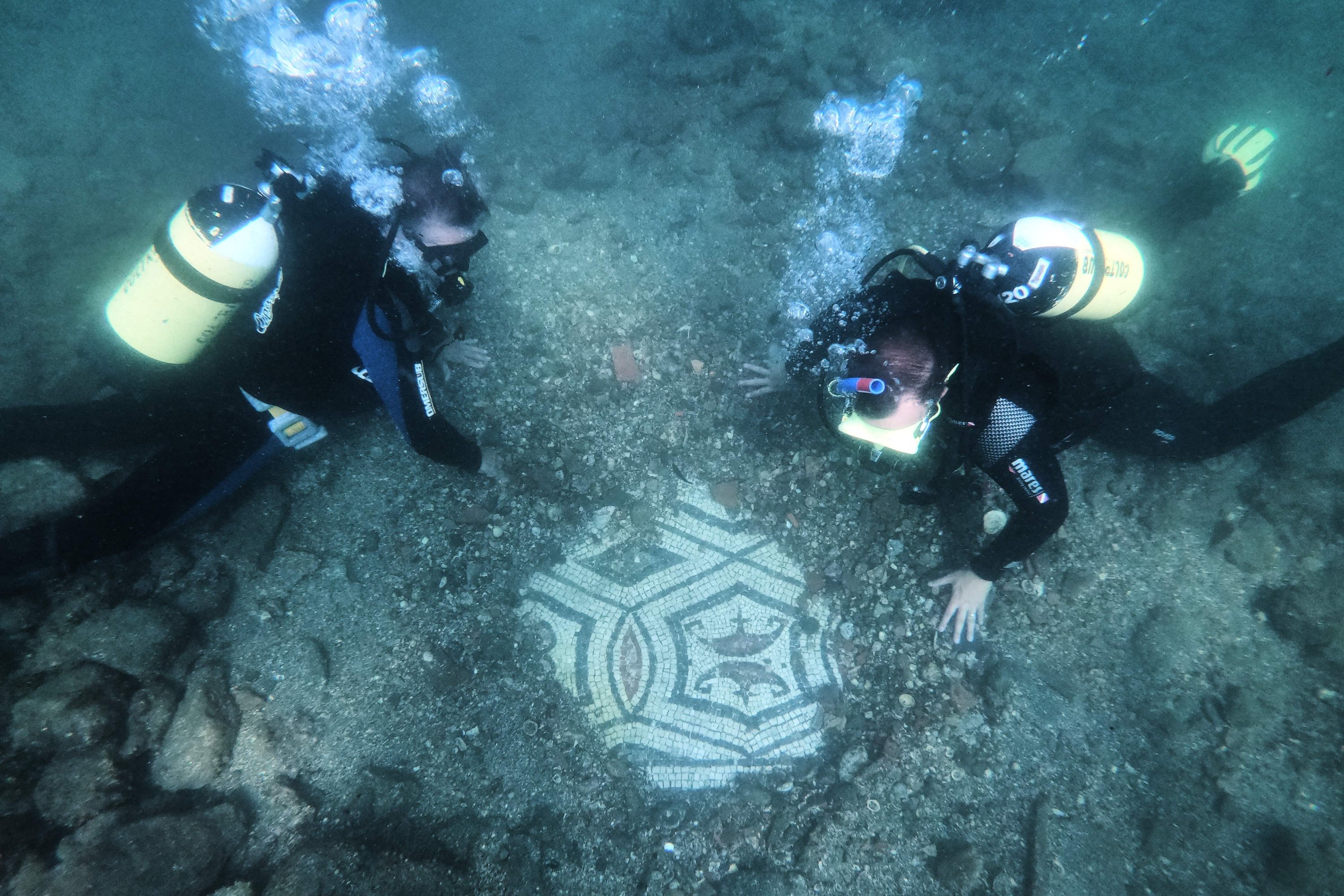
“When we research new areas, we gently remove the sand where we know there could be a floor, we document it, and then we re-cover it,” archaeologist Enrico Gallocchio told AFPTV.
“If we don’t, the marine fauna or flora will attack the ruins. The sand protects them,” said Gallocchio, who is in charge of the Baiae park.
“The big ruins were easily discovered by moving a bit of sand, but there are areas where the banks of sand could be metres deep. There are undoubtedly still ancient relics to be found,” he said.
Related Post
A shocking documentary proves that mermaids do exist
SHOCKING Revelation: Thuya, Mother of Queen Tiye, Was the Grandmother of Akhenaten and Tutankhamun—What Ancient Egyptian Secrets Did She Leave Behind?
Breaking News: Astonishing Discoveries at Karahan Tepe Confirm an Extraterrestrial Civilization is Hiding on Earth, and NO ONE Knows!
Breaking News: Researchers FINALLY Discover U.S. Navy Flight 19 After 75 Years Lost in the Bermuda Triangle!
NASA’s Secret Investigation: Uncovering the Astonishing Mystery of the UFO Crash on the Mountain!
Explosive UFO Docs LEAKED: Startling Proof That Aliens Ruled Ancient Egypt!